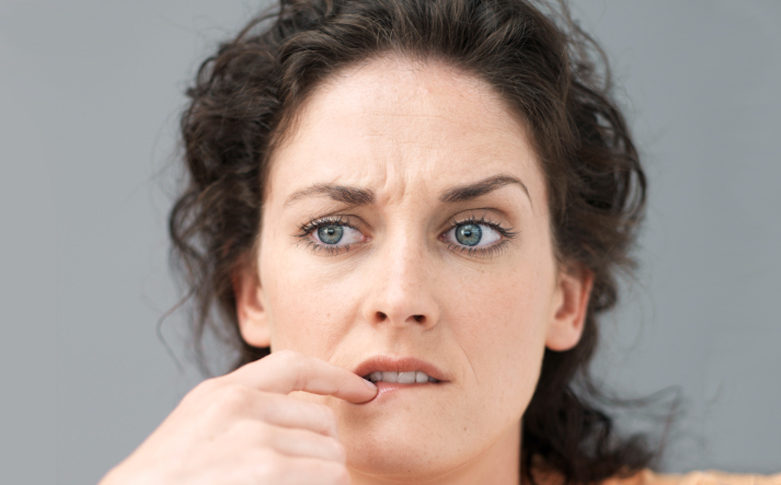
Spring has officially sprung – and summer is just around the corner! That means that it’s almost time for fun, sun, and outdoor recreation.
You’ll certainly appreciate that if you’ve spent a long winter cooped up in your hospital caring for patients. The summer is a great time to relax on your off-days, and the most common time for nurses to take extended vacations – especially to beaches and other tropical areas.
However, increased sun exposure can be a dangerous thing. That’s why the National Council On Skin Cancer Prevention has designated the Friday before Memorial Day (May 26th) as “Don’t Fry-Day!”
This holiday offers us the perfect time to think about the dangers of the sun – before summer gets into full swing. While the sun can be a wonderful thing, regular sun exposure can seriously increase your risk of developing melanoma and other forms of skin cancer.
But don’t freak out! With just a few simple steps, you can still have fun in the sun – while avoiding the most damaging effects of the ultraviolet radiation! Read on, and see how!
- Don’t Burn (Or Tan!)
This is the single most important step you should follow on this list. Sun exposure isn’t always a bad thing – but excessive sun exposure can have a serious impact on your risk of skin cancer.
Getting severely sunburned even once every two years can triple your risk of developing melanoma.
The damage caused by the sun’s UVA and UVB rays literally destroys your skin cells and can damage the genetic material inside these cells. These cells are mostly able to regenerate – but some damaged DNA can be left behind. This increases the risk of genetic mutation and skin cancer.
Tanning isn’t safe, either – whether indoor or outdoor. People who have used tanning beds or tanned extensively before age 35 have a 75% higher risk of skin cancer.
- The Shade Is Your Friend!
When you sit in the shade, you’re protected from the vast majority of damaging UVA and UVB rays. Because of this, you should look to stay in the shade as much as possible during hot, sunny days – especially from the hours of 10am-4pm. During this time, the rays of the sun are the most intense and can cause serious damage with only a few minutes on unprotected skin.
This doesn’t mean you have to spend all day stuck under a beach umbrella, but you should try to spend a good amount of time in the shade during the hottest portions of the day, reapplying sunscreen to protect yourself from UVA and UVB rays.
- Make Sure You Wear Sun-Protective Clothing
Not all clothing is built alike. Thin fabrics like cotton often don’t protect from UV rays. If you’re going to be spending a lot of time outdoors – hiking, swimming, or performing other outdoor activities – you should invest in active clothing that blocks both UVA and UVB rays. Most sports and outdoor shops will offer clothing designed for active use in the sun – this is perfect for your needs.
You should also invest in a large, wide-brimmed hat. This will help protect your eyes, face, and neck from the sun’s damaging rays.
- Sunscreen, Sunscreen, Sunscreen!
Sunscreen is the only guaranteed way to prevent sunburn when your bare skin is exposed to UVA and UVB rays. The advanced compounds in sunscreen absorb or reflect harmful rays from the sun, providing you with plenty of protection from its damaging effects.
When in doubt, apply more sunscreen than you think you’ll need. You should apply at least 1 full ounce of SPF 30+ sunscreen to your entire body 30 minutes before peak sun exposure, and you should reapply the same amount every two hours, or immediately after you’ve been swimming or sweating.
Properly applied, an SPF 30-50 sunscreen can protect you from 98% of the sun’s damaging rays, allowing you to enjoy the outdoors without risking a sunburn.
So stock up on sunscreen and use it wisely. It’s the only way to guarantee the safety of your skin.
- Be Careful Around Reflective Surfaces (Including Water And Sand)
Water and sand have a high albedo. That is, they reflect the rays of the sun very effectively – which can lead to extremely high levels of UVA and UVB radiation. Bright white sand and water can easily reflect up to 50% of the sun’s rays directly, leading to higher levels of UV radiation.
This is why it’s so easy to get sunburned when you’re on a boat – you will be exposed to sun rays coming in from above, as well as the rays that are reflected from the water. Make sure to apply sunscreen regularly and take extra precautions if you’re near highly reflective sand or water.
Follow These Tips To Keep Your Skin Safe This Summer!
We don’t mean to bum you out by talking about all of the negative effects the sun can have – but protecting your skin is incredibly important, and it bears discussion. And if you treat your skin properly, you can still have fun in the sun while reducing your risk of melanoma and other skin cancers.
So grab your sunscreen, pull on a floppy-brimmed hat, and get ready to have a total blast this summer with your fellow nurses – while still staying safe from the damaging effects of the sun!

















